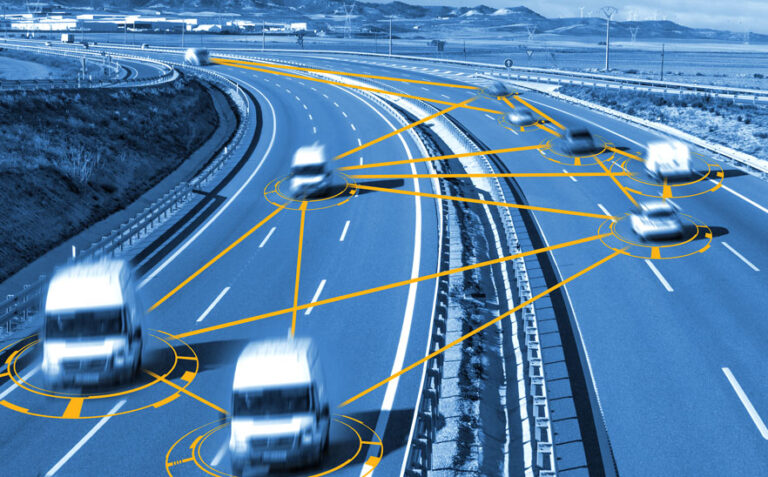By Greg Newham, Director AN/Z, Verizon Connect
There can be a misconception around connected vehicles – what they are, how they work, and the difference between them and electric vehicles.
According to research by HERE Technologies, 80 per cent of Australians surveyed are not aware of what data is being collected by connected vehicles. Furthermore, many are unaware of the benefits connected vehicles provide, such as lowering the cost of transport, delivering a safer driving experience, and how they will impact future road usage.
Connected vehicles will make up 53 per cent of all road traffic by 2025 according to Boston Consulting Group, with predictions this will increase up to 77 per cent by 2030. This growth is reflected in the global connected car market, which was valued at US$55.56 billion in 2020, and is expected to grow to US$191.83 billion by 2028, a compound annual growth rate (CAGR) of 18.1%.
So, what exactly is a connected vehicle?
A connected vehicle is essentially any vehicle that is connected to the internet. However, to operate correctly as a connected vehicle, it must also have an internet-enabled device and software applications. We can expect all new vehicles in the future to come with Wi-Fi internet access as a basic inclusion, hence the explosive anticipated growth rates.
Another criteria for connected vehicles is the ability to transfer data. For example, engine data will be sent to a vehicle tracking device, which is then sent onto the customer’s smartphone.
This should not be confused with an electric vehicle – which refers to an environmentally friendly vehicle powered by electricity.
The three main types of vehicle communication (V2V, V2I and V2X)
Connected technology for cars is found three main forms, which can be applied to commercial transport businesses.
These three forms include Vehicle-to Vehicle (V2V), Vehicle-to-Infrastructure (V2I) and Vehicle-to-Everything (V2X).
Let’s break these down:
- V2V is a technology that allows data to be exchanged from vehicle to vehicle, aiming to lessen the chance of road accidents and traffic. This form uses short-range communications that grants access to information about other nearby V2V-supported vehicles. Shared information includes speed and position, which can be used to inform potential hazards. This technology can also be used to alert of weather dangers and road conditions.
- V2I wirelessly captures data such as traffic congestion, weather advisories and bridge clearance levels. This data can be used to alert drivers of safety issues. This technology is also used to power smart traffic signals, providing better communication to drivers about potential road congestion.
- V2X embodies both V2V and V2I communication. This technology essentially gives each vehicle the power to communicate with the traffic system, including other connected vehicles and infrastructure, allowing drivers to receive notifications of potential issues. V2X technology also makes the driving experience more efficient by automating payments for tolls and parking.
These technologies are the future of connected vehicles, and even self-driving vehicles. While it’s proving to be effective today, it will be even more effective once every vehicle on the road has some form of connected technology embedded as a standard feature.
The benefits of employing connected fleets for both owners and customers
There are a number of benefits that connected cars deliver to both individual drivers and owners of fleet vehicles.
Fleet owners can plan delivery routes better for their businesses by gaining visibility over traffic conditions such as traffic congestion, for example. Fleet managers can use the technology to optimise routes and get the benefit of with vehicle efficiency analysis. This leads to improved efficiency and efficacy of their entire fleet.
By using V2V and V2I technology, fleet managers can also get better visibility over driver behaviour, including whether they are following road rules, taking the correct break times and completing the required safety checks.
Individual drivers of connected vehicles can expect a smoother and safer driving experience and a better understanding of road conditions and changes in routes in advance of traffic jams. Drivers can also save time and streamline office functions. For example, an individual driver of a connected fleet can take advantage of electronic work orders which then reduces the need to fill out paper forms and procedures.
While we are not yet at one hundred per cent connected road vehicles, we can see the benefits already have a knock-on effect by reducing overall numbers of vehicles in heavily congested zones. The next step for the ecosystem will focus on componentisation – that is, connecting everything at the component level to achieve greater safety and performance.






